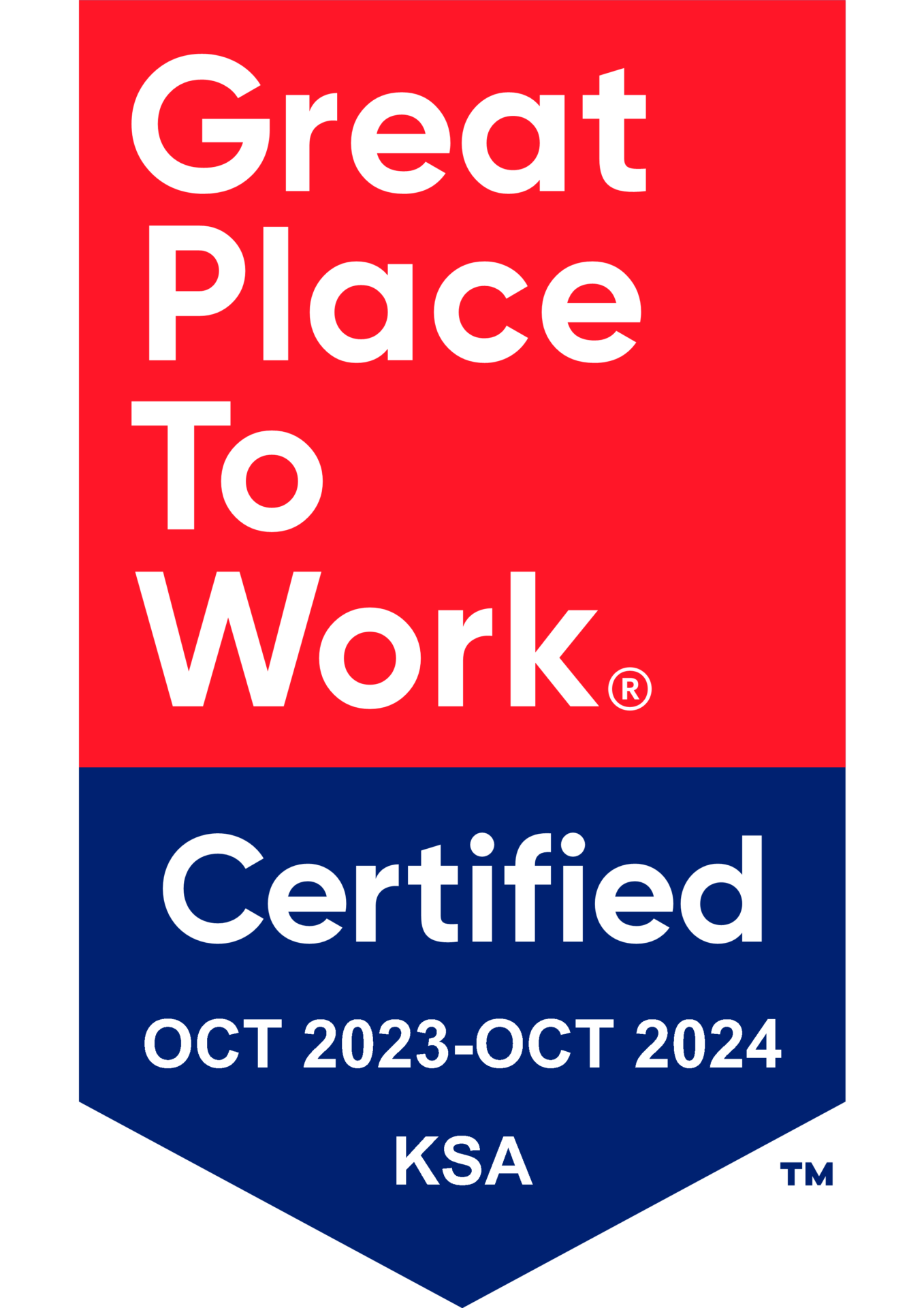The healthcare sector is witnessing unprecedented growth and innovation, significantly propelled by the advancements in Health Information Systems (HIS). Today, adopting these technologies goes beyond choice—it’s a critical step towards enhancing healthcare delivery and achieving operational excellence. This comprehensive exploration sheds light on how next-generation HIS solutions, particularly those innovated by Waseel, are reshaping the healthcare landscape, setting new standards for care quality and efficiency.
1. Innovative Solutions for Modern Healthcare Challenges:
Cutting-edge HIS solutions(Without s, it is a one solution) stand at the forefront of addressing modern healthcare’s complex challenges. These systems offer a holistic platform that integrates patient data management with operational automation and leverages advanced analytics to transform care delivery. By providing a 360-degree view of patient information and health records, these platforms enable healthcare providers to make informed decisions, thereby improving patient outcomes and operational workflows.
2. Integration at Its Core:
The core strength of advanced HIS lies in its capability for seamless integration, knitting together various healthcare functions from patient care to billing, and reporting. This integration fosters unmatched coordination across departments, ensuring that healthcare delivery is both efficient and patient-centered. By breaking down silos, HIS enables a continuum of care that is both comprehensive and cohesive. (We integrate with Waseel’s products, mentioning that will be better than these)
3. Enhancing Patient Engagement and Experience:
Next-gen HIS solutions elevate patient engagement by offering personalized healthcare experiences. Through patient portals and mobile apps, individuals can access their health records, schedule appointments, and communicate with their healthcare providers, fostering a participatory approach to health management. This digital engagement empowers patients, making them active participants in their healthcare journeys. (Patients cannot access the system)
4. The Impact on Patient Care and Operational Efficiency:
The implementation of an advanced HIS brings about transformative benefits: streamlining patient care processes, enhancing resource allocation, and significantly reducing operational costs. Automation of routine tasks frees up healthcare professionals to focus more on patient care rather than administrative duties, thereby increasing productivity and reducing burnout.
5. Customizable Solutions for Diverse Healthcare Needs:
Recognizing the diversity in healthcare needs, customizable HIS solutions offer the flexibility and scalability essential for catering to the unique requirements of different healthcare organizations. Whether it’s a small clinic or a large hospital, HIS solutions can be tailored to fit the specific needs, enabling all to leverage technology for optimal healthcare delivery.
6. Future Directions: Telehealth and Beyond:
As we look towards the future, HIS is set to play a pivotal role in integrating telehealth services, further democratizing access to healthcare. By enabling virtual consultations and remote patient monitoring, HIS solutions are breaking geographical barriers, ensuring that high-quality healthcare is accessible to all, regardless of their location. (Telehealth is used with Dawy only)
Conclusion
The advent of advanced Health Information Systems marks a new era in healthcare—one where efficiency, patient-centered care, and operational excellence are not just ideals but achievable realities. These systems (One system) are instrumental in driving the healthcare sector towards a more efficient, effective, and patient-focused future.
